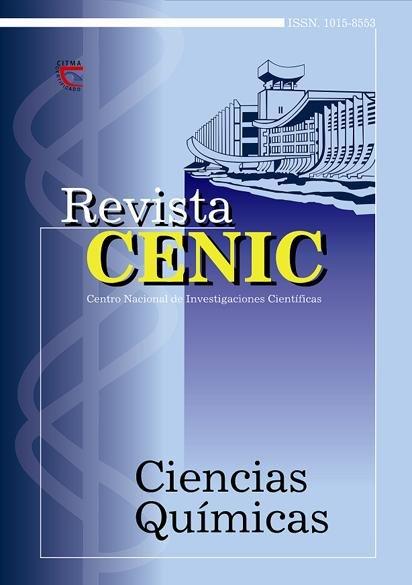Determination of corrosion rate of reinforced concrete reinforcing bar using electrochemical techniques
Abstract
A study of the corrosion speed determination of the concrete
reinforcement bar, during a measurement period of 20 months was carried
out. For this purpose, the following electrochemical techniques were used:
corrosion potentials determination and polarization curves. The corrosion
rate was obtained by means of Tafel slope and polarization resistance methods.
Six test specimens of different water/cement relationship (0.4, 0.5, 0.66)
were prepared with the right amounts. Every morning three of them were
placed in a test station of atmospheric low pollution under the action of a
simulated saline fog using a 3 % sodium chloride solution and the other
three were immersed for a similar period in the same solution and exposed
at room temperature in the laboratory. The results demonstrated the difference
between the phenomenon occurrence probability in both exposition
conditions determined by means of the corrosion potentials classified according
to the ASTM (876-91) Standard and the process kinetics. It was also
checked for both conditions (saline fog and immersion), the corrosion process
became more remarkable as long as it increases the water/cement ratio
and in saline fog it was found that it is more aggressive than in immersion.
Besides, that rain effect on the chloride leaching of concrete probes
for the 0.66 (water/cement) ratio at the open environment was shown.

Downloads
Published
How to Cite
Issue
Section
License
Copyright (c) 2004 Copyright (c) 2004 Revista CENIC Ciencias Químicas

This work is licensed under a Creative Commons Attribution-NonCommercial-ShareAlike 4.0 International License.
Los autores que publican en esta revista están de acuerdo con los siguientes términos:
Los autores conservan los derechos de autor y garantizan a la revista el derecho de ser la primera publicación del trabajo al igual que licenciado bajo una Creative Commons Atribución-NoComercial-CompartirIgual 4.0 que permite a otros compartir el trabajo con un reconocimiento de la autoría del trabajo y la publicación inicial en esta revista.
Los autores pueden establecer por separado acuerdos adicionales para la distribución no exclusiva de la versión de la obra publicada en la revista (por ejemplo, situarlo en un repositorio institucional o publicarlo en un libro), con un reconocimiento de su publicación inicial en esta revista.
Se permite y se anima a los autores a difundir sus trabajos electrónicamente (por ejemplo, en repositorios institucionales o en su propio sitio web) antes y durante el proceso de envío, ya que puede dar lugar a intercambios productivos, así como a una citación más temprana y mayor de los trabajos publicados (Véase The Effect of Open Access) (en inglés).













